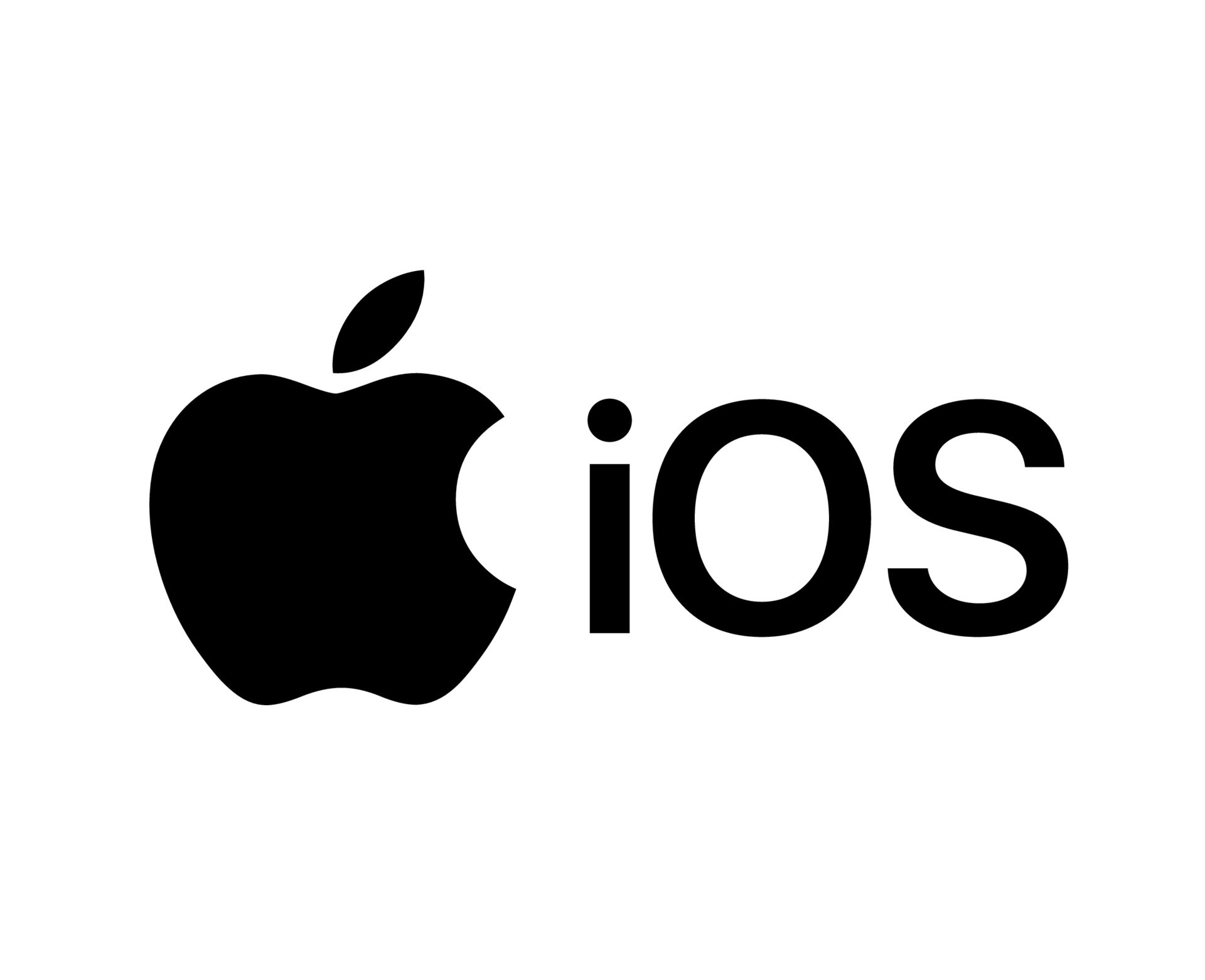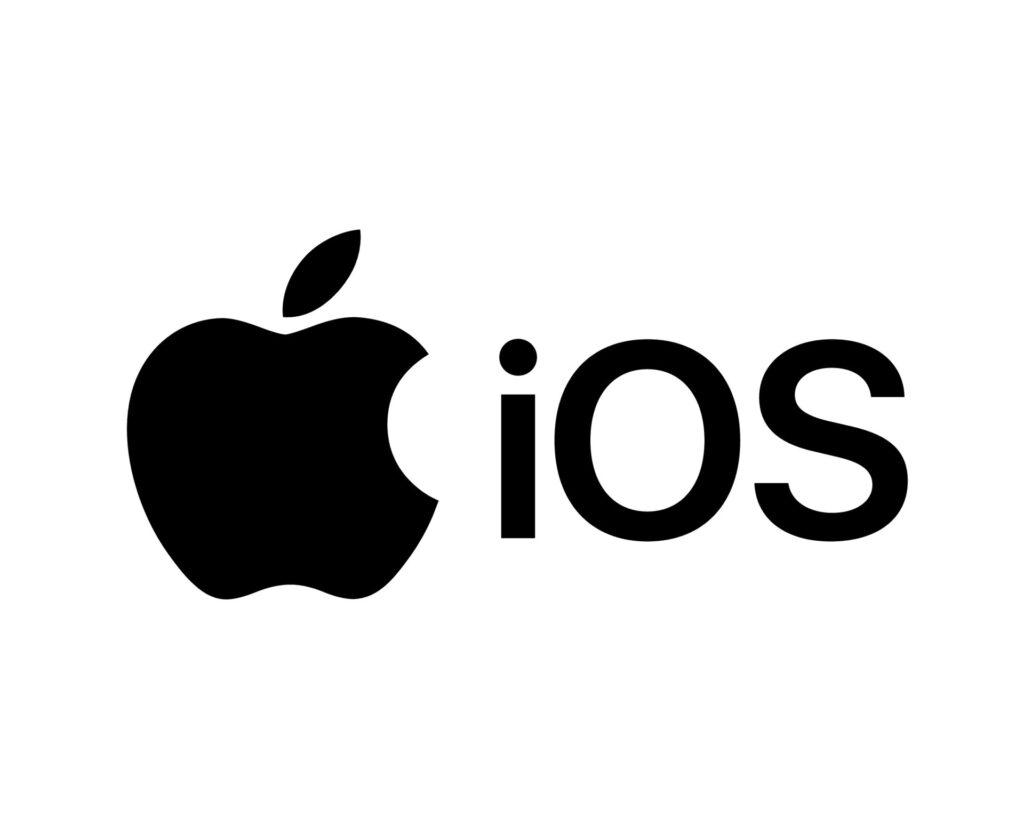
[ad_1]
In today’s digital landscape, developing an iOS app can transform a simple idea into a global phenomenon. The journey from conception in a garage to global recognition involves meticulous planning, design, development, and marketing. This article will guide you through the stages of crafting the perfect iOS app, complete with strategies, tips, and a deep dive into best practices.
1. Introduction
In the age of technology, a compelling iOS app can revolutionize businesses across industries. With millions of apps available in the App Store, standing out requires not just a great idea but also effective execution. This guide will take you through the essential steps of crafting the perfect iOS app, from your garage to global success.
2. Understanding the iOS App Ecosystem

The Importance of iOS
The iOS platform, introduced by Apple, has become one of the most lucrative markets for app developers. With millions of active users worldwide, iOS presents a solid foundation for your app’s success. Users tend to spend more on apps and in-app purchases than their Android counterparts, making iOS a prime target for new app developers.
The App Store Landscape
With over 1.8 million apps available in the App Store, the competition is fierce. Navigating this landscape requires knowledge of App Store policies, submission guidelines, and the importance of keeping up with trends. Understanding the intricacies of the App Store can significantly enhance your app’s visibility and success.
3. Ideation: From Concept to Reality
Identifying the Problem
Every great app begins by solving a real problem or fulfilling a specific need. Conduct brainstorming sessions to outline potential pain points in various industries or daily life. This foundational step is critical in ensuring you’re building something that people want.
Market Research
Conduct thorough market research to understand your target audience. Identify existing competitors and analyze their strengths and weaknesses. Tools like surveys, focus groups, and competitive analysis can help identify gaps in the market that your app can fill.
Defining Your Unique Selling Proposition (USP)
What sets your app apart? Your unique selling proposition (USP) should be clear and concise, highlighting the distinctive elements that make your app valuable. This will not only guide your design choices but also form the basis of your marketing strategy.
4. Planning Your iOS App
Creating a Roadmap
A well-defined roadmap is essential for guiding your development process. Outline the various phases of your project, including ideation, design, development, and testing. This will ensure that everyone on your team is on the same page and that deadlines are met.
Selecting Core Features
Focus on the core features that will be included in your initial launch. Avoid feature bloat; a minimum viable product (MVP) approach allows you to test your idea in the market without overwhelming users. Identify features that resonate most with your target audience and prioritize them.
Setting Budgets and Timelines
Be realistic about your budget and timeline. Develop a budget that accounts for design, development, marketing, and maintenance. Setting realistic timelines will help avoid burnout and ensure that your project remains on track.
5. Designing Your iOS App
User Experience (UX) Design
User experience is critical in making your app appealing. Design should be intuitive, ensuring users can navigate with ease. Consider user flows and how users will interact with various features. Tools such as Figma and Sketch can assist you in wireframing and mapping out user journeys.
User Interface (UI) Design
A visually appealing interface can engage users and encourage them to return. Focus on creating a clean, consistent aesthetic that aligns with your brand identity. The iOS Human Interface Guidelines provide valuable insights into design standards and best practices to follow.
Prototyping and Feedback
Create a working prototype of your app to gather feedback from potential users. This feedback is invaluable and can guide further development. Platforms like InVision can help you simulate interactions and gather insights effectively.
6. Developing Your iOS App
Choosing the Right Technology Stack
Selecting the appropriate technology stack is crucial for app performance. Swift, Apple’s programming language, is optimal for iOS app development. Additionally, consider third-party frameworks and libraries that can speed up development.
Coding Best Practices
Adhering to coding best practices can save time and enhance maintainability. Use version control systems like Git for tracking changes, and apply clean coding techniques to make your code easy to read and debug.
Quality Assurance and Testing
Testing is an iterative process that should occur throughout development. Automated testing, manual testing, and user acceptance testing are essential to identify bugs and ensure a seamless user experience before launch.
7. Launching Your iOS App
Pre-launch Strategies
Ensure a successful launch by building anticipation. Utilize social media, a dedicated landing page, and email newsletters to create excitement. Consider beta testing; platforms like TestFlight allow you to gather valuable feedback from a select group of users before the official launch.
App Store Optimization (ASO)
Optimizing your app’s listing in the App Store can drastically improve visibility. Focus on relevant keywords, an engaging app description, and appealing visuals to attract potential users. Regular updates and responding to user reviews can also enhance your app’s ranking.
Marketing Your App
Throughout your launch phase, have a comprehensive marketing strategy in place. Utilize social media advertising, influencer partnerships, and content marketing to reach your target audience. Press releases and app review websites can also help spread the word.
8. Post-Launch and Global Expansion
User Feedback and Iteration
User feedback is crucial for app improvement. Collect and analyze feedback via surveys and app store reviews to continually refine your app. Iterative updates not only enhance functionality but also keep users engaged.
Scaling Your App
As your user base grows, scaling your app effectively becomes essential. Invest in cloud solutions to handle increased traffic and consider optimizing your infrastructure. Focus on internationalization to reach global audiences, adapting your app for cultural differences and language barriers.
Monetization Strategies
The right monetization strategy can significantly impact your app’s success. Explore options such as freemium models, in-app purchases, subscription services, and ad monetization. Consider the user experience and choose a strategy that aligns with your app’s purpose.
9. Conclusion
Crafting the perfect iOS app is a multifaceted journey that goes beyond development; it requires strategic planning, continuous iteration, and effective marketing to ensure global reach. By following the steps outlined in this article, you can successfully navigate the complexities of app development and position yourself for success in the ever-evolving digital landscape.
10. FAQs
What is the average cost of developing an iOS app?
The cost can vary widely based on features, complexity, and geographical location of the development team. On average, expect to spend anywhere from $30,000 to $150,000.
How long does it take to develop an iOS app?
The timeline also varies, but a typical iOS app can take from 3 to 9 months to develop, depending on its complexity and functionality.
What are the common reasons for app rejection in the App Store?
Common reasons include non-compliance with App Store guidelines, lack of functionality, or a poor user experience. Thorough testing before submission can mitigate these issues.
How can I promote my app effectively?
Utilize a mix of social media marketing, influencer partnerships, content marketing, and press releases to promote your app. Engaging the right audience can significantly boost downloads.
Is it important to gather user feedback post-launch?
Absolutely. User feedback is critical for identifying areas for improvement and for enhancing future updates. It helps create a better user experience and can increase user retention.
What are the best monetization strategies for mobile apps?
The best strategy depends on your target audience and app type. Freemium models, subscriptions, and in-app purchases are popular options to consider. Always ensure that monetization does not detract from the user experience.
[ad_2]





